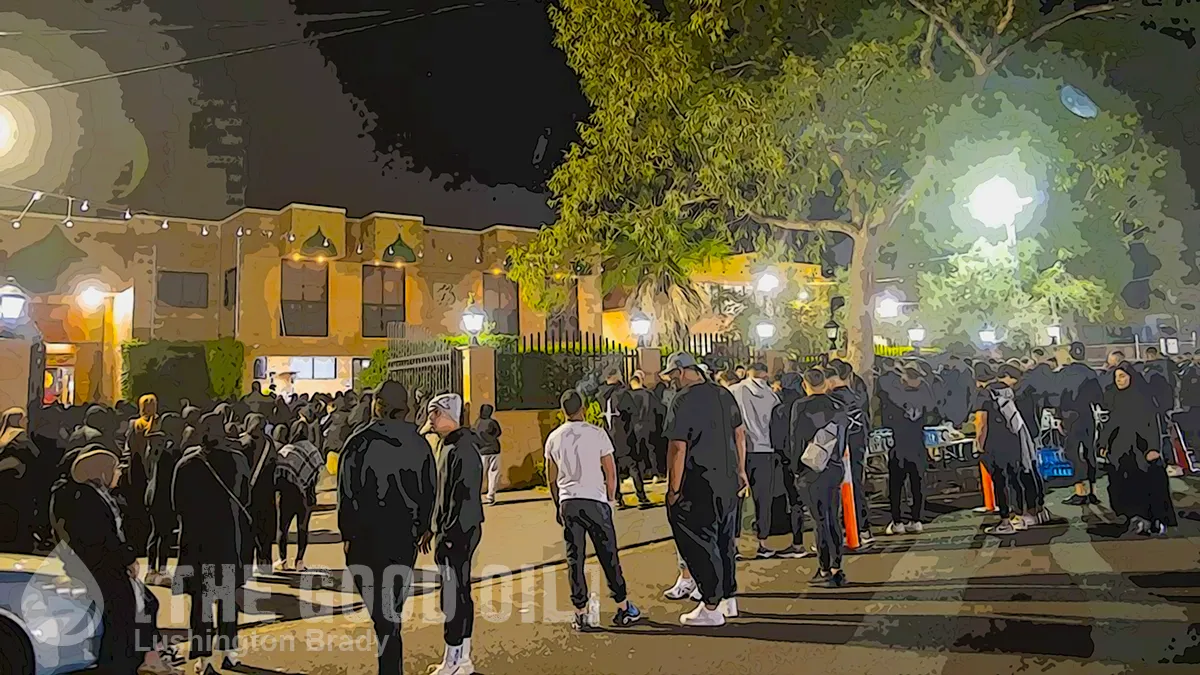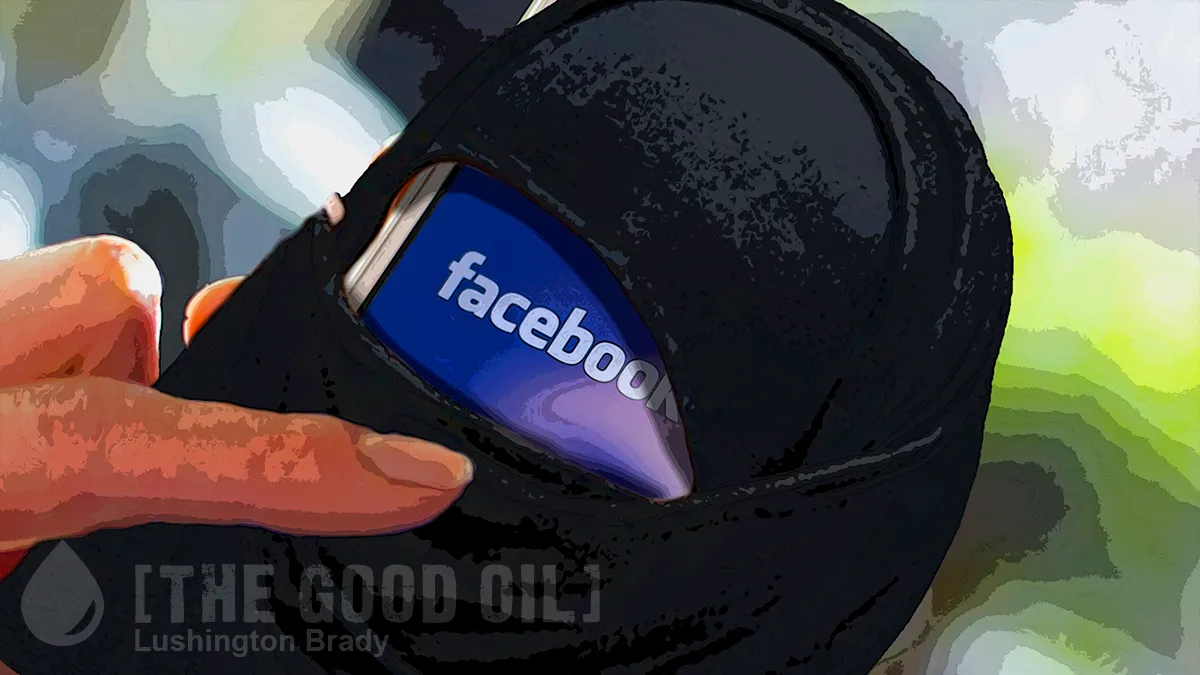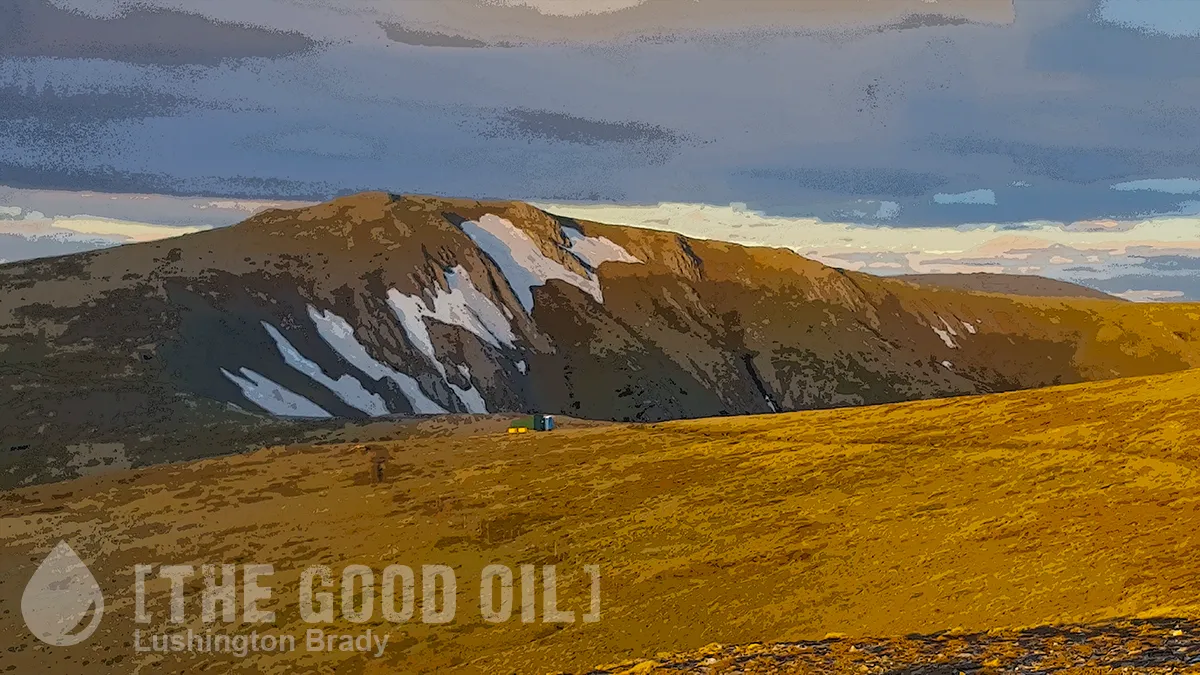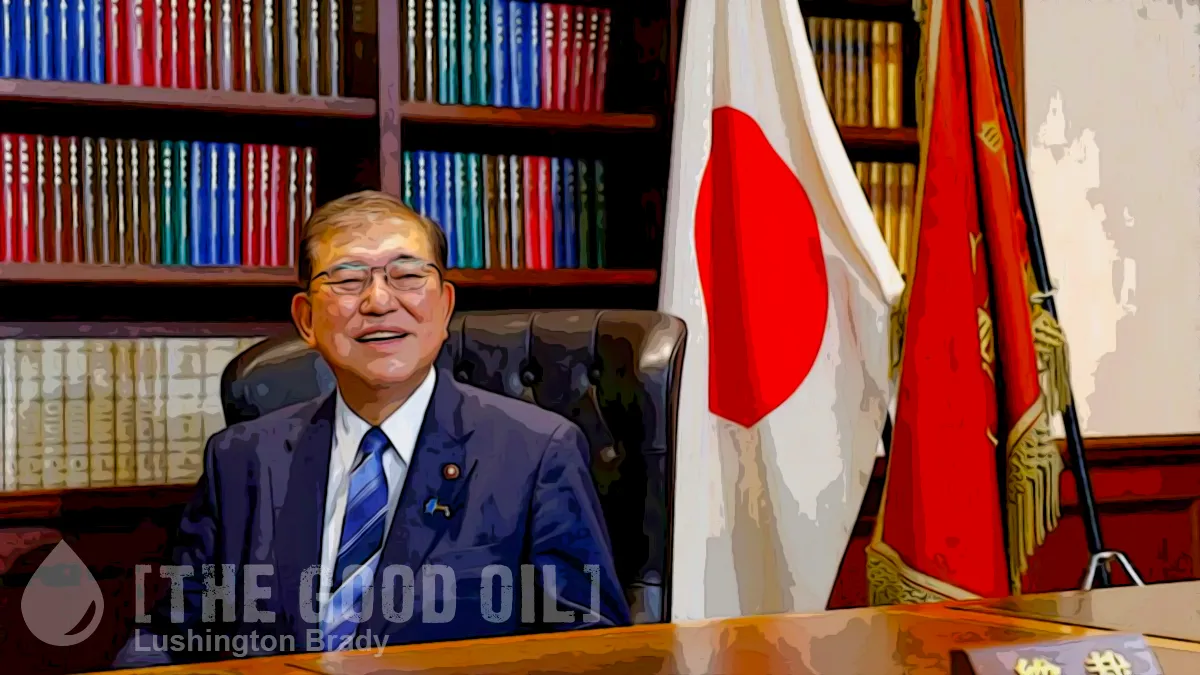Poor old Albo. Labor leader Anthony Albanese seems like a decent enough bloke, it’s just his politics that are lousy – and he’s trying to lead a party that doesn’t know if it’s beer-drinking Arthur or latte-sipping Martha. Except that Labor’s traditional base have already worked it out and rightly concluded that the workers are on the outer in the one-time “party of the worker”. Labor has thrown in its oar with the inner-city green left, all the way.
There’s still a rump faction on Labor’s right who can see that they’ve lost the blue-collar vote – and why. As the “killing season”, the end of the parliamentary year, nears, Albanese’s leadership is, supposedly, increasingly shaky.
Especially with the party malcontents writing a whole book about how and why the party’s screwed under his leadership.
As the year draws to a close, the mood within Labor is exceedingly despondent. It is not that most MPs, opposition spokespeople, union leaders, party officials and staff members realise that Anthony Albanese’s leadership is uninspiring and unimaginative. That has long been understood. The next level of despair is recognising that it won’t get any better.
It should not be a surprise that Labor’s Right faction is reasserting itself on policy and strategy.
A new book of essays by prominent faction members edited by Misha Zelinsky and Nick Dyrenfurth, The Write Stuff (Connor Court), can be interpreted only as a vote of no confidence in the Opposition Leader. If they thought Labor was well-led and poised for victory, there would be no need for the book.
Notably, the book spells out what should have been brutally obvious after Labor was annihilated in working-class seats across the country, at the last election.
It makes a convincing case for Labor renewal[…]Labor has forgotten how to win elections; it has won a majority of seats at only one election (2007) since 1993. The party is attracting the votes of only one in three Australians. It is not within cooee of returning to government. The editors argue that Labor is at a “historic tipping point” where its survival is at risk[…]
“Labor finds itself caught between its more conservative working and middle-class base in Australia’s suburbs and regions and its inner-city progressive activists, and we appear unable to bridge that growing chasm, and unable to build winning national coalitions,” they write.
To rub it right in, the Right factioneers claim that it is their faction which has produced or promoted every election-winning Labor prime minister since WWII. While it might be pointed out that Julia Gillard was a creature of the left, it would also be argued that she turned a landslide majority into a threadbare minority government. Gough Whitlam might have ridden in on the NSW Right’s back, but his government jumped into a far-left abyss.
Albanese, of course, has been a Left faction man his entire adult life. Get the message?
Some of Labor’s malcontents get it, others…less so.
Zelinsky, assistant national secretary of the Australian Workers Union, contributes one of the shrewder chapters. He identifies the “cultural divide” that has seen working-class voters, often on high salaries, lost to centre-right parties. He says blue-collar workers feel that “inner-city types” mock their preference for a Bali holiday over Europe, the footy over the theatre, church over yoga and a pub over a wine bar[…]
Another veteran of Labor politics, Michael Easson, a former NSW Labor Council secretary, urges the party to make room in a broad constituency for voters who are economic and social conservatives, and to be more respectful of people of faith. Sam Crosby, Labor’s candidate for Reid last year, also writes about the importance of faith and reveals his “profound sense of unease” at the attacks on Scott Morrison’s religious beliefs by Labor supporters.
Labor’s biggest problem, though, remains that it has sold out the workers in favour of the inner-city elites.
Labor has been adrift since the election last year. There has been no fundamental recognition of the party’s poor electoral performance, organisational weaknesses, policy failures or strategic blunders, let alone how to address them. The campaign review last year by Jay Weatherill and Craig Emerson failed to wrestle with these larger challenges, unlike previous party reviews.
The Australian
Albanese is brushing leadership speculation aside and, in many ways, this smells of the sort of circle-jerking between factional players and the Press Gallery that has brought down better Labor leaders than Albo (Simon Crean, for instance).
More importantly, the next election looks like Scott Morrison’s to lose: every bit as much as Jacinda Ardern, he is riding a COVID wave of popularity. Being seen to be standing up to China (despite his own missteps which helped land the relationship where it is) is playing to his favour, too.
But, unlike Ardern, Morrison has a year or more to go in his current term – a COVID election in 2022 is going to be a lot harder to sell.
An Albanese challenger might see that as an opportunity to buy the sort of time Judith Collins didn’t get.
Please share this article so that others can discover The BFD









